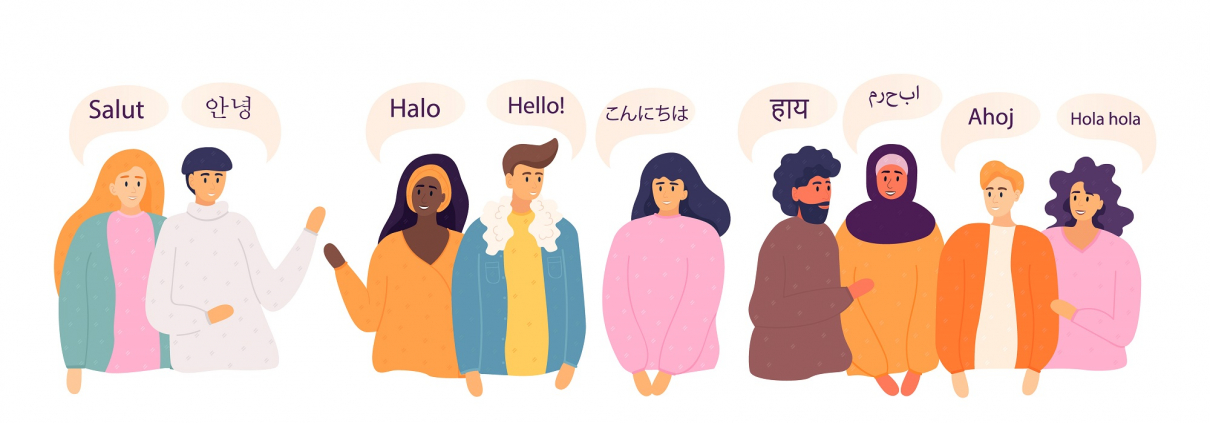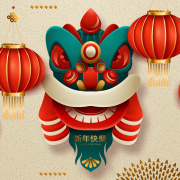4 Tips For Making The Multilingual Switch
You may have seen our recent blog about the 3 Reasons Your Website Needs To Be Multilingual.
If you have, you got a brief overview of just why it’s so important to ensure international accessibility.
- Customers
- Sales Figures
- Cultural Appreciation
Now, we’d like to give you a little bit more in-depth information about making the switch from a standard website to a multilingual one and how to know this switch has been handled successfully by your translators.
Did They Translate Word-For-Word?
If the answer to that riddle is “no,” then you’re in great shape already. Translating your site verbatim should generally be avoided. Doing this could cause many of your sentences to fall out of context. Language is fluid, so you’ll want to change the wording as is needed for the given language translation. Not only might this affect your context, but it could interrupt the flow of language. HOW you want the information to read must be considered.
Did They Use Unicode?
Unicode supports over 100,000 different types of symbols and characters, as well as all web platforms and browsers. Operating in Unicode should be something you consider even before the switch. Its benefits are not only helpful when you’re going multilingual with your website.
Did They Consider Font Sizing?
The format of language characters differ. The word “translate” will not appear the same in English as it will in Chinese, Arabic or Japanese. Therefore, the default font size will need to be altered so that each facet of the lettering can be seen. For the aforementioned languages—Chinese, Arabic, Japanese—the font size will need to be increased so the text on the screen is legible.
Did They Space-Accommodate For Varying Word Lengths?
Word lengths will vary among languages. A word that uses 2 characters in Japanese may take up 10 characters in French. Likewise, a word that takes up 6 characters in Hindi may use 16 in German. Therefore, the design of the website should cater to the translation’s needs, allowing ample space for search boxes, buttons, tabs, etc., or simply using words that are shorter synonyms.
There are one hundred thousand things to keep in mind when making this move toward a multilingual website, and the change can keep the one performing the translation incredibly busy. But with the help of ITC Translations, you’ll be sure to meet all the accessibility requirements, and viewing your website in more than one language will finally be a reality.





















Leave a Reply
Want to join the discussion?Feel free to contribute!